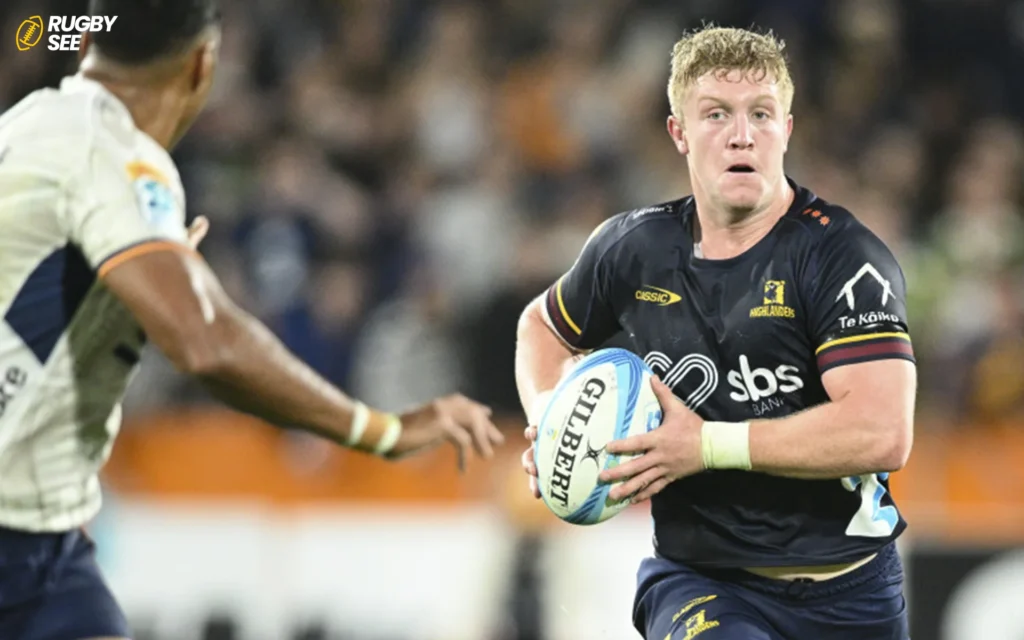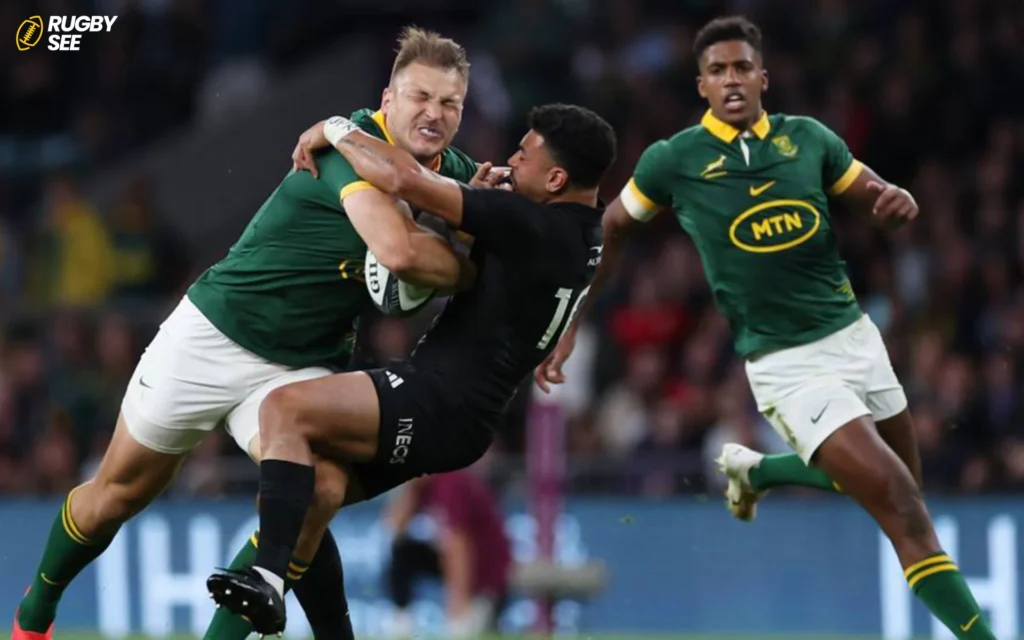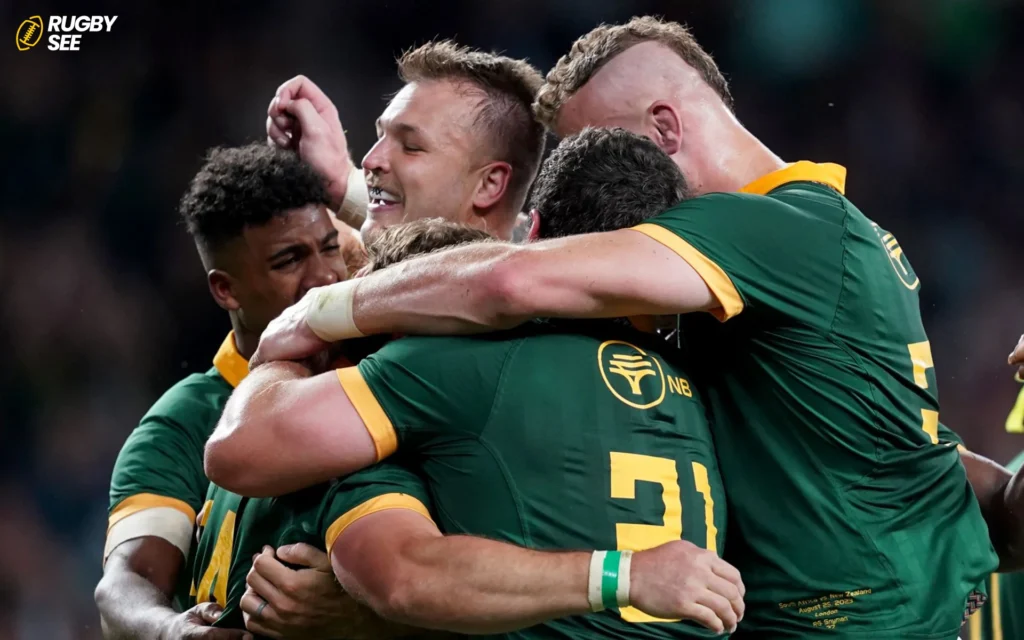Rugby, a dynamic and physically demanding sport, is known for its continuous action and intense gameplay. As spectators, we often wonder: do rugby games have a break? In this comprehensive guide, we delve into the structure of rugby matches, exploring the concept of halftime and other breaks within the game.
Understanding Rugby Gameplay:
Before diving into the specifics of breaks in rugby matches, it’s essential to understand the basic structure of gameplay. Rugby is typically played in two halves, each lasting 40 minutes in professional matches. However, in some variations of the game, such as youth or amateur rugby, halves may be shorter.
Halftime Break:
Yes, rugby games do have a break, known as halftime. Halftime provides players with a brief respite from the physically demanding nature of the sport and allows them to rehydrate, strategize, and regroup for the second half of the match. During halftime, teams retreat to their respective locker rooms or designated areas on the field to discuss tactics, receive medical attention if needed, and recharge for the remainder of the game and if you want to know about Playing Rugby in America read Do Americans play rugby?
Duration of Halftime:
The duration of halftime in rugby matches varies depending on the level of play and competition regulations. In professional rugby, halftime typically lasts for 10-15 minutes. However, in lower-level matches or non-professional leagues, halftime may be shorter or longer. Regardless of the duration, halftime serves as a crucial period for players and coaches to assess performance and make adjustments to their game plan.

Other Breaks in Rugby:
In addition to halftime, there are other breaks in rugby matches that occur throughout gameplay. These breaks include:
- Injury Time: If a player sustains an injury during the match, the referee may stop the game to allow medical staff to assess and treat the injured player. This break in play is known as injury time and can vary in duration depending on the severity of the injury.
- Water Breaks: In hot or humid conditions, especially during summer months or in tropical climates, referees may implement water breaks to prevent dehydration and heat-related illnesses among players. These brief intervals allow players to hydrate and cool down before resuming play.
- TMO Reviews: In professional rugby matches, referees have the option to use the Television Match Official (TMO) to review contentious decisions, such as tries or foul play incidents. These reviews often result in a temporary break in play while the TMO assesses the footage and provides feedback to the on-field referee.
Significance of Halftime Break:
- Physical Recovery: The halftime break allows players to recuperate from the physical demands of the first half, including tackling, running, and scrummaging. It provides an opportunity for players to catch their breath, address minor injuries, and replenish energy levels through hydration and nutrition.
- Tactical Adjustments: Halftime is a critical period for coaches and players to assess the performance of both teams and make strategic adjustments. Coaches may analyze the opposition’s tactics, identify areas for improvement, and devise new game plans to gain a competitive advantage in the second half.
- Mental Reset: Rugby is as much a mental game as it is physical. The halftime break offers players a chance to reset mentally, refocus their concentration, and mentally prepare themselves for the challenges of the remainder of the match.
Impact of Other Breaks:
- Injury Time: While injury breaks disrupt the flow of the game, they are essential for ensuring player safety. The welfare of players is paramount, and providing immediate medical attention for injuries helps prevent further harm and promotes a safe playing environment.
- Water Breaks: In hot and humid conditions, water breaks play a crucial role in preventing heat-related illnesses and dehydration among players. Hydration is essential for maintaining performance levels and reducing the risk of fatigue and cramping, especially during intense matches.
- TMO Reviews: Although TMO reviews can prolong breaks in play, they contribute to the overall fairness and accuracy of officiating. By reviewing key incidents, such as potential tries or foul play, referees can make more informed decisions and uphold the integrity of the game.

Strategies During Breaks:
- Hydration: Staying hydrated is paramount for rugby players, especially during breaks in play. Players should consume water or sports drinks to replace fluids lost through sweat and maintain optimal performance levels.
- Communication: Effective communication between players and coaches during breaks is essential for conveying tactical instructions, addressing concerns, and fostering team cohesion. Clear and concise communication can help teams execute their game plan more effectively.
- Mental Preparation: Halftime and other breaks
- provide opportunities for mental preparatio
Continuing our exploration of breaks in rugby matches, let’s delve deeper into the strategies and rituals that teams employ during these pauses in play to maximize their performance and maintain their competitive edge:
- Team Talks and Strategy Sessions: Halftime and other breaks provide invaluable opportunities for coaches to address the entire team collectively or in smaller groups. These team talks allow coaches to reinforce key tactics, motivate players, and provide feedback on areas for improvement. Coaches may use whiteboards, video analysis, or verbal communication to convey their messages effectively.
- Player Feedback and Input: Breaks in play are not just for coaches to speak; they are also opportunities for players to voice their opinions, concerns, and insights. Captains and senior players often play a crucial role in facilitating communication between the coaching staff and the rest of the team. By encouraging open dialogue and collaboration, teams can develop a shared understanding of their game plan and execute it more cohesively on the field.
- Physical Recovery Strategies: In addition to mental and tactical considerations, breaks in play are crucial for physical recovery and injury management. Teams may employ sports scientists, physiotherapists, and nutritionists to provide specialized care and support during breaks. Stretching, massage, and foam rolling are common recovery techniques used to alleviate muscle soreness and prevent injury recurrence.
- Hydration and Nutrition: Proper hydration and nutrition are essential for sustaining performance levels throughout the duration of a rugby match. During breaks, players have the opportunity to refuel with carbohydrate-rich snacks, electrolyte drinks, and protein bars. Hydration stations are strategically positioned around the field to ensure easy access to fluids during breaks.

- Psychological Preparation: Rugby is a physically demanding and emotionally charged sport, and mental resilience is key to success. During breaks, sports psychologists may work with players to enhance their mental toughness, focus, and concentration. Relaxation techniques, visualization exercises, and positive affirmations can help players maintain composure and confidence under pressure.
- Equipment Checks and Adjustments: Breaks in play also allow players to address any equipment issues or discomfort they may be experiencing. Players may use this time to adjust their mouthguards, tighten their boots, or replace damaged gear. Equipment managers and medical staff play vital roles in ensuring that players are properly equipped and prepared for the demands of the game.
By implementing these strategies and rituals during breaks in play, rugby teams can optimize their performance, mitigate fatigue and injury risk, and maintain their competitive edge from kickoff to the final whistle. Effective use of breaks can make a significant difference in the outcome of a match and contribute to the overall success of a team’s season and if you want to know about Half Time in Rugby read does rugby have half time.
Conclusion:
In conclusion, rugby games do indeed have breaks, with halftime being the most significant pause in gameplay. During halftime and other breaks, players and coaches take advantage of the opportunity to rest, strategize, and address any issues that may arise during the match. These breaks are essential for maintaining the safety and competitiveness of rugby matches, ensuring that players can perform at their best throughout the game.










